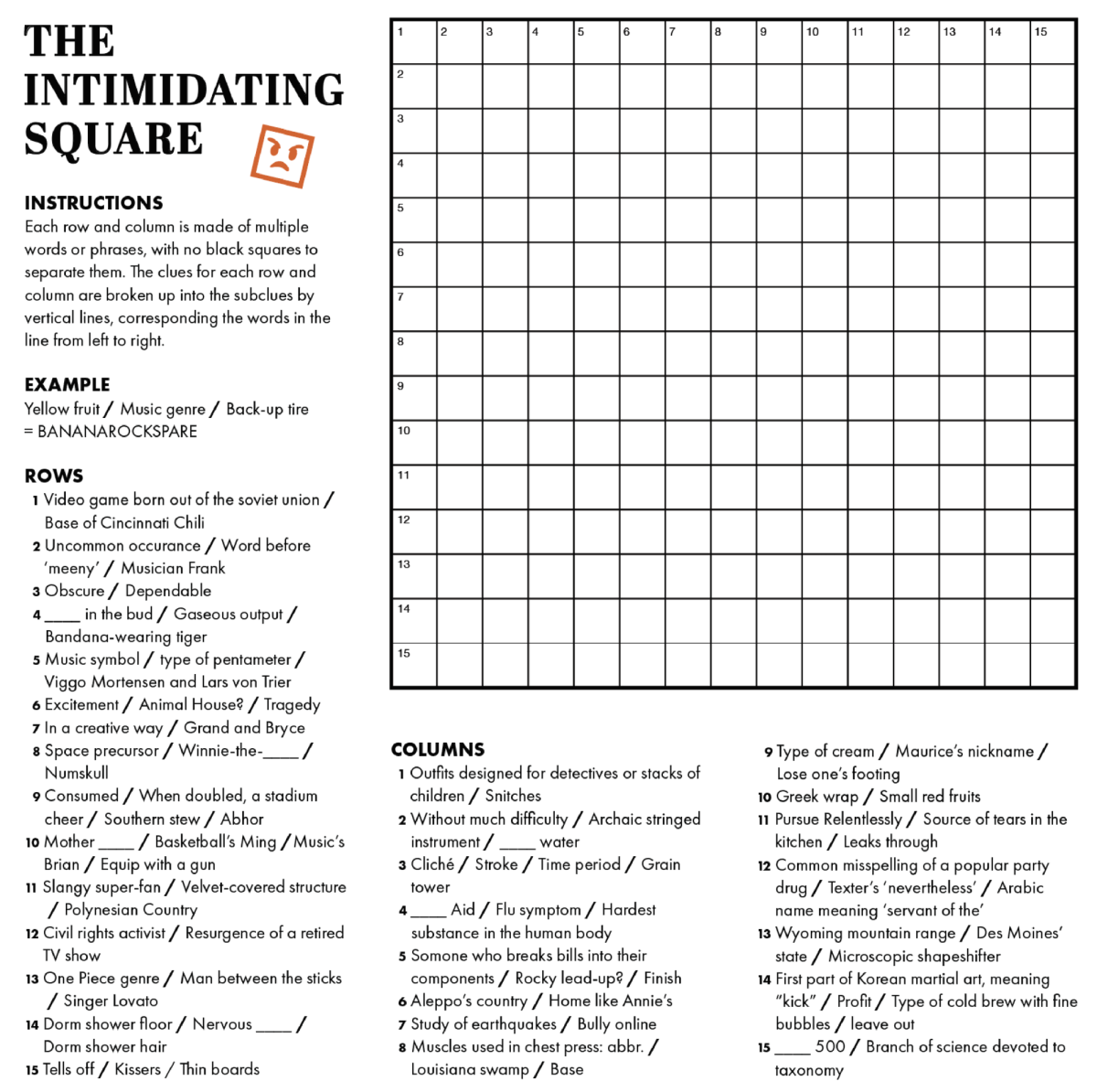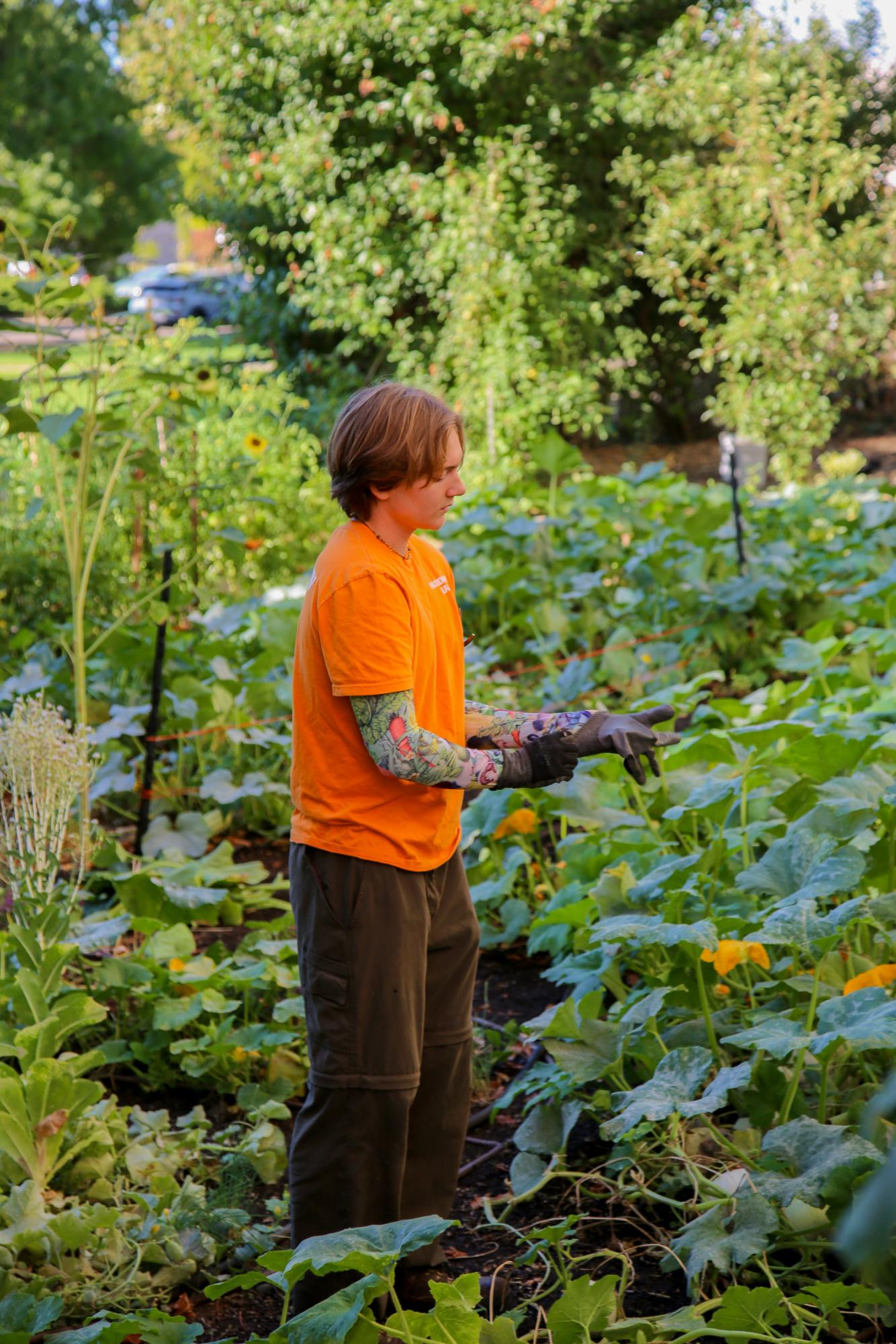With all the hustle and bustle of campus life, finding peace in the moment can be difficult and for a lot of people, nature is a way to reconnect.
Tucked away behind the southern side of Callahan is the Oregon State University Food Forest, it is free for everyone to enjoy. If not for its produce, it can be there for a peaceful moment away from classes.
According to Brian Kreft, the supervisor for Landscaping Services, the Food Forest was created in 2015 by an OSU horticulture student, University Housing and Dining Services Landscaping manages it while sharing the goal with UHDS of enriching and engaging with student’s daily life.
“We hope to enrich each person’s life by giving them a space to help make a difference and by watching each student or person who comes into this organic garden and seeing how they thrive by showing others what they have learned,” Kreft wrote in an email.
The intention of the Food Forest was for it to be used as an outside learning classroom that shows students and faculty how to grow seasonal fruits and vegetables. The garden is available for the community to look around and sample produce; however, it is not an open space for anyone to plant crops.
The face of the forest is Milo Tisdale, a second-year botany major and the curator/caretaker of Food Forest.
Tisdale has designed and strategically planted everything that can be seen in the forest, following the original idea of what a food forest should look like, which means planting crops as they would grow in nature.
“If you think about where plants grow in nature, they don’t grow all of the tomatoes in one section; everything grows together and takes and gives different things from the soil,” Tisdale said. “For example in the salsa bed, I have herbs growing underneath everything, because they help deter different pests and they also enhance the flavor of the tomatoes.”
Everything planted in the Food Forest has a function, it is grown in specific areas depending on what the soil and plants require. According to Tisdale, everything in the garden is edible, even the flowers.
During the summer the Food Forest was filled with different types of squash, beans, tomatoes, corn, peppers and tomatoes. Now heading into the fall the squash are reaching the end of their growth, and the grapes that line the back wall are sweet and free to pick.
“So there are two sides of the food forest, on the east side there is the garden which is more annual so those are crops that die off at the end of the season and then you replant them,” Tisdale said. “And then we have perennials which are currently a lot of fruit trees that are on the west side.”
The fruit trees available are apple, fig, pear and persimmon. According to Tidales, they will be ripe by late September through November.
Unfortunately, heading into the colder months means most of the crops will be torn up and composted back into the soil. According to Tisdale, they will be laying down cover crops to help feed and protect the soil through the winter.
Unfortunately, a lot of these crops won’t be edible. However, Tisdale is planning on planting a bunch of what he calls salad crops — which are different types of lettuces — and hardy crops.
“I love being able to just spend my time here with my hands in the soil tending to the plants, and I love when people in the community come through and engage, talk to me and ask questions so I can help spark some curiosity or creativity in someone,” Tisdale said.

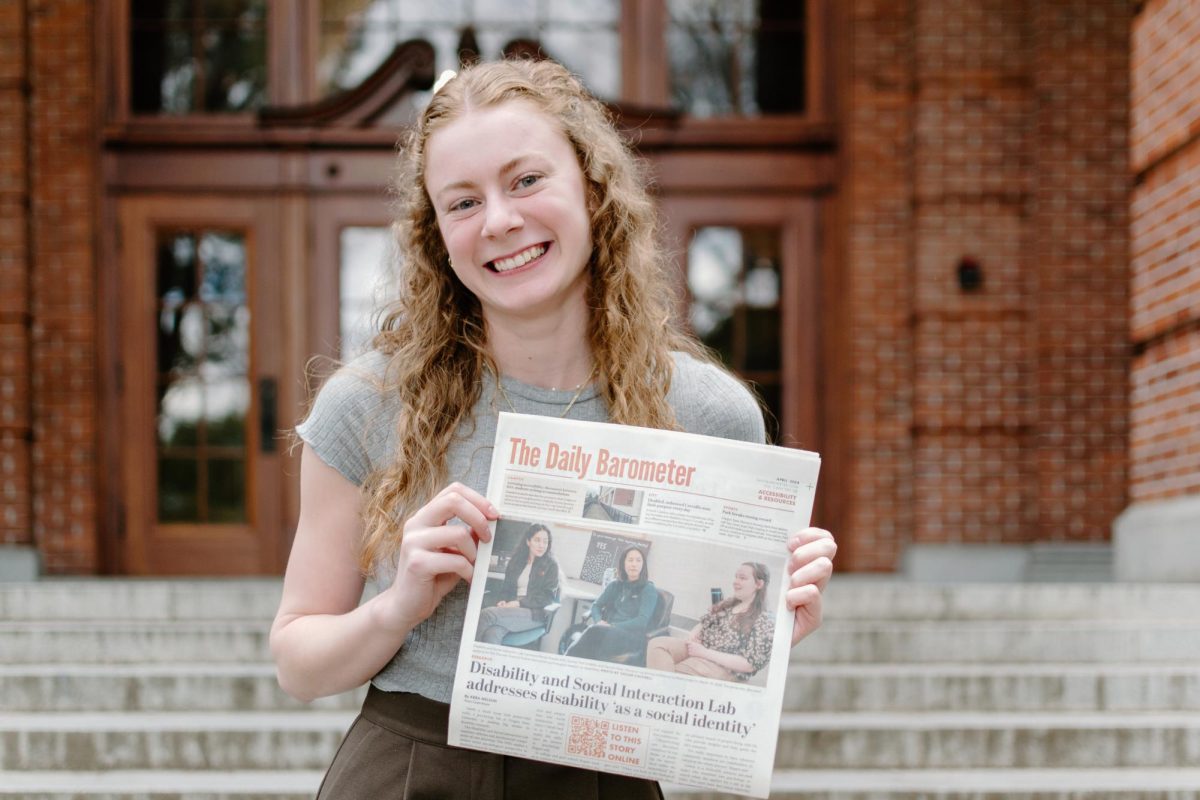

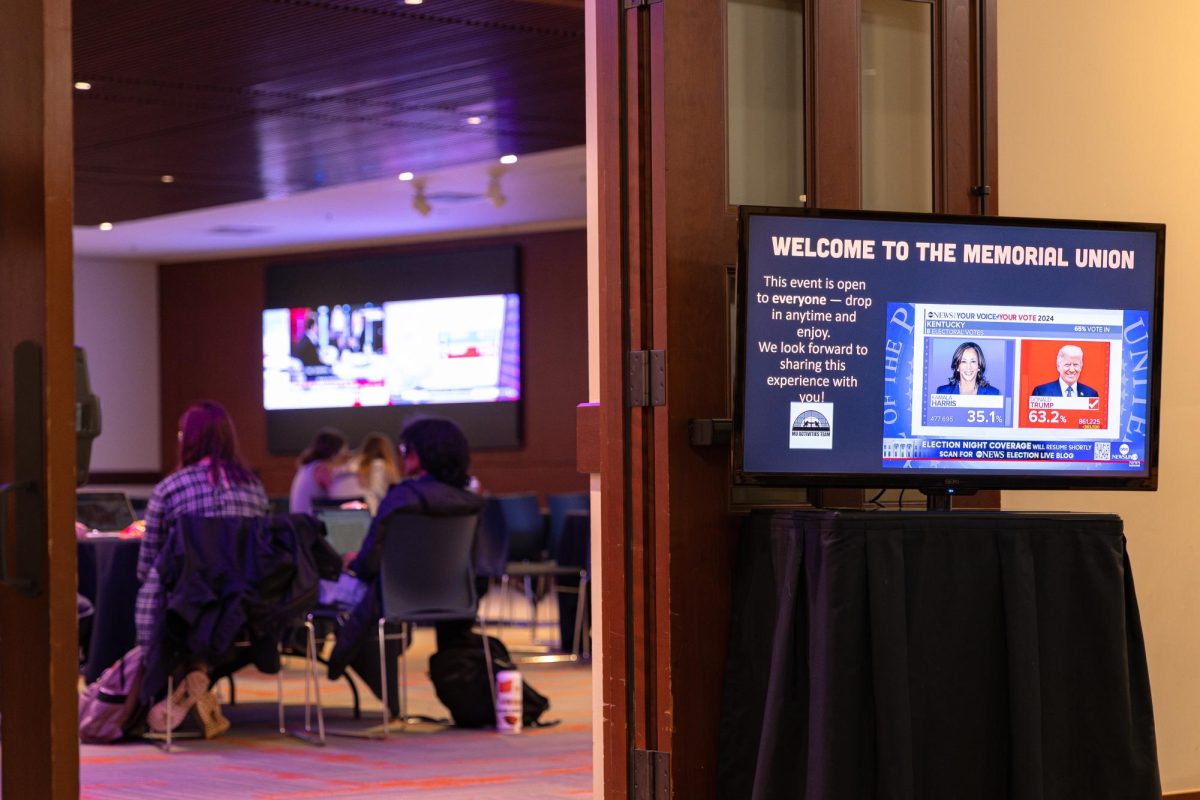






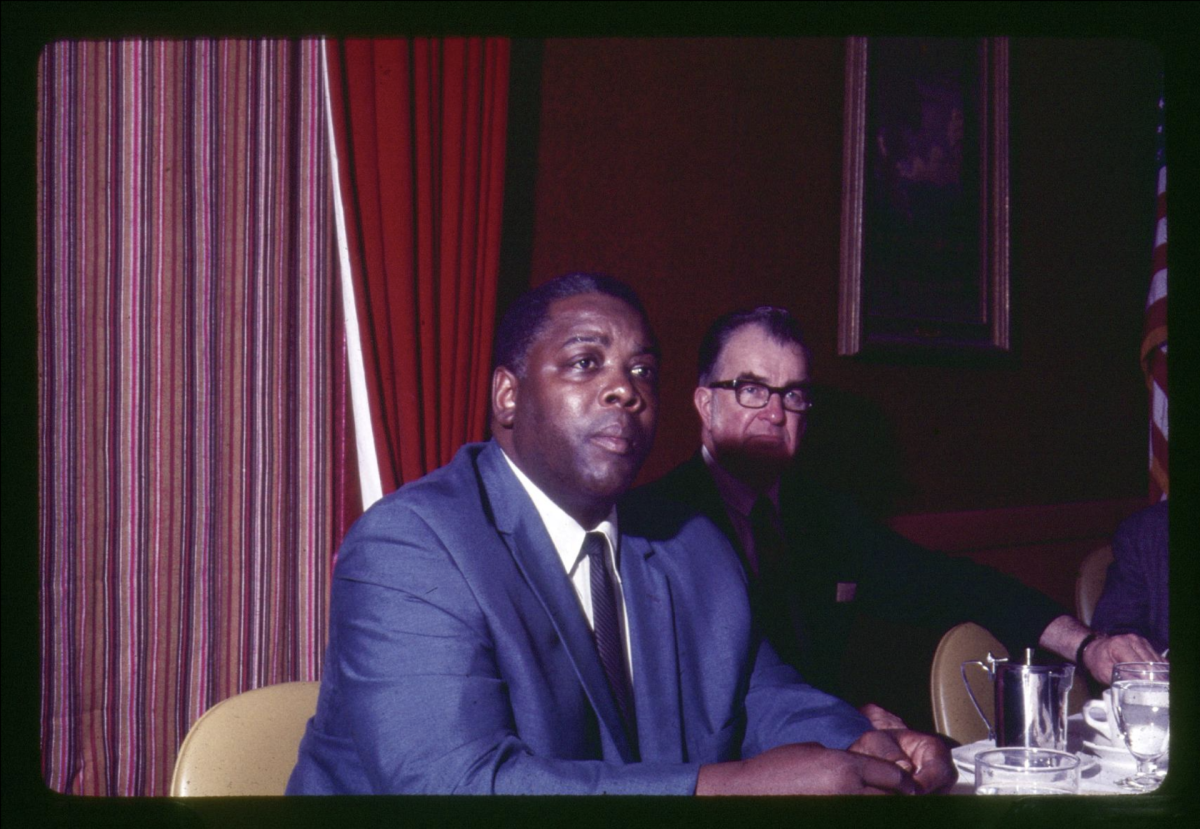
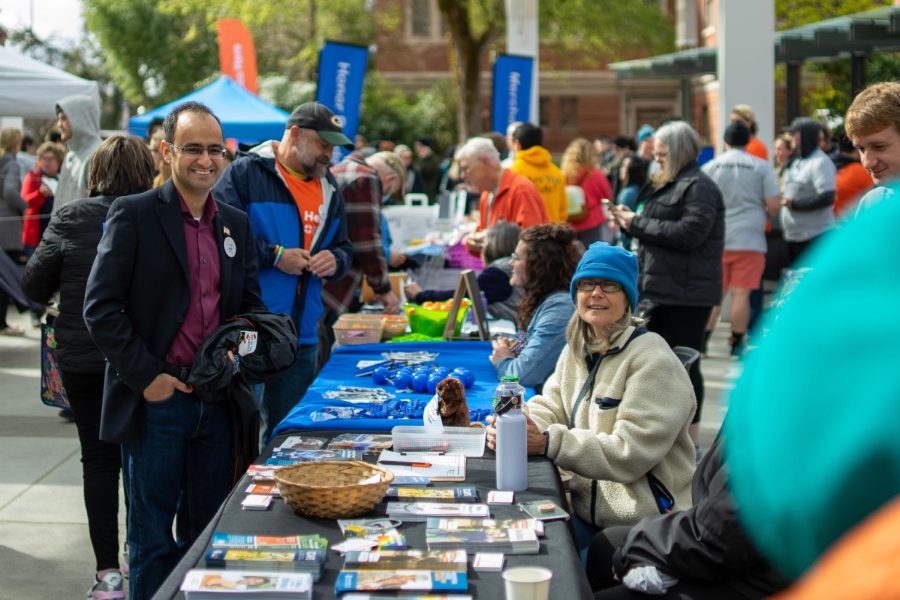
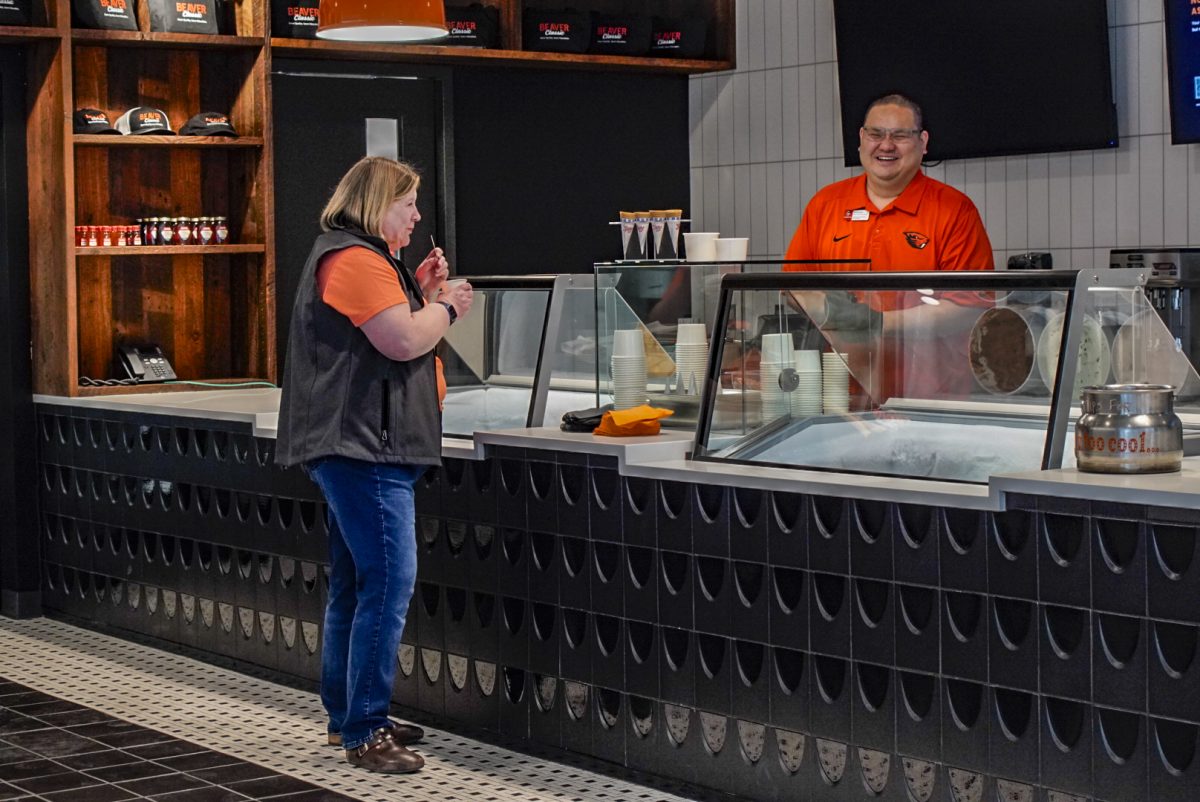







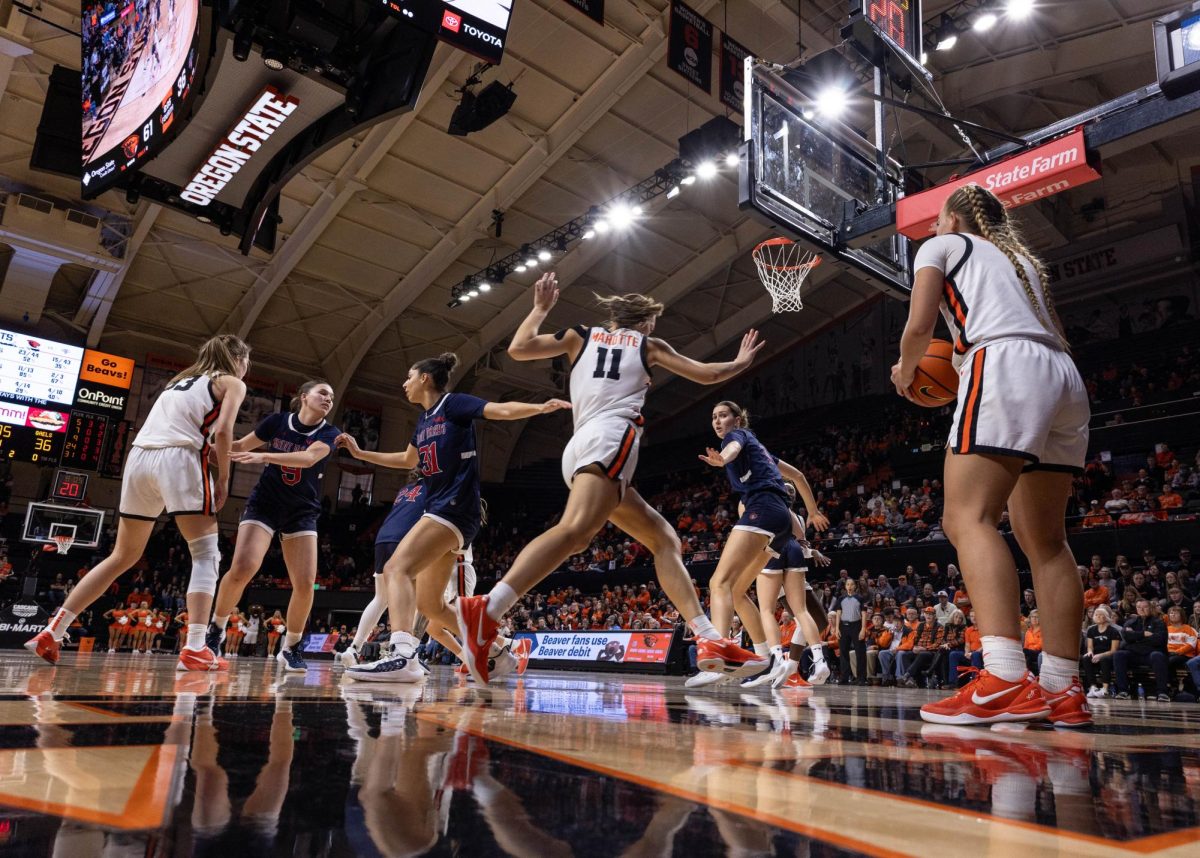
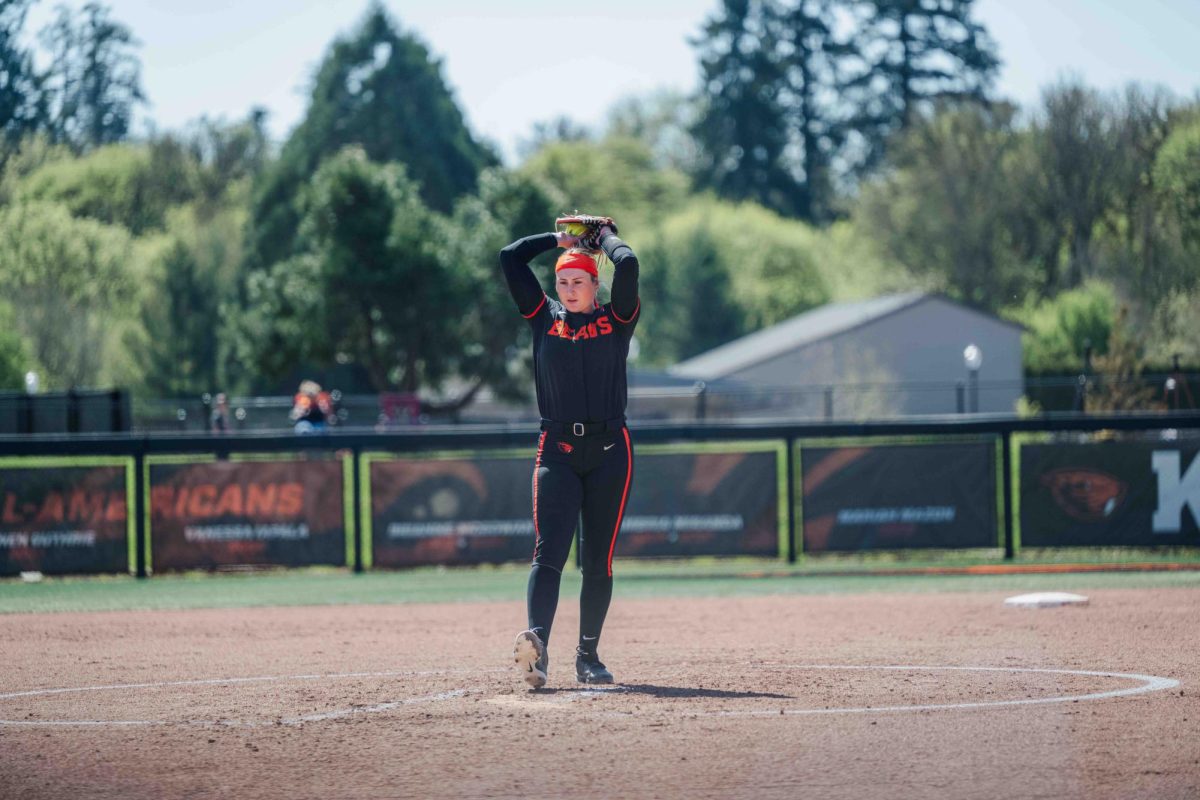



























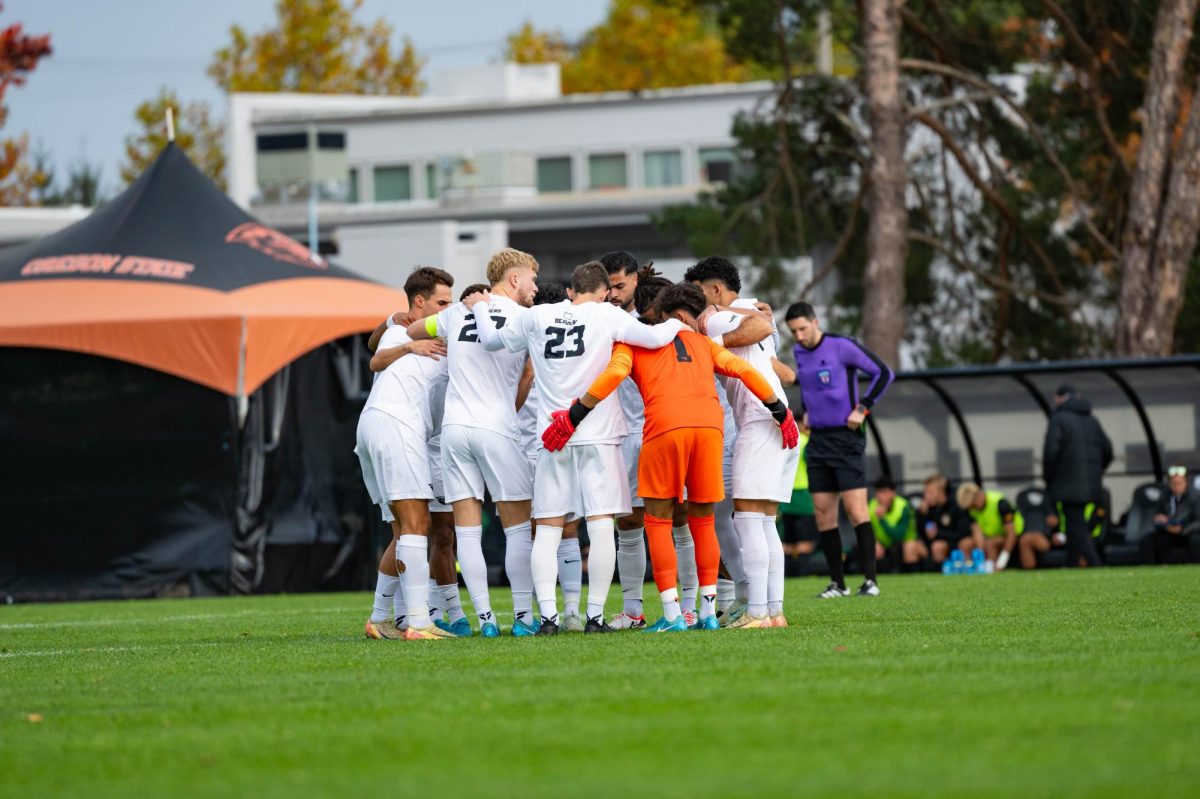






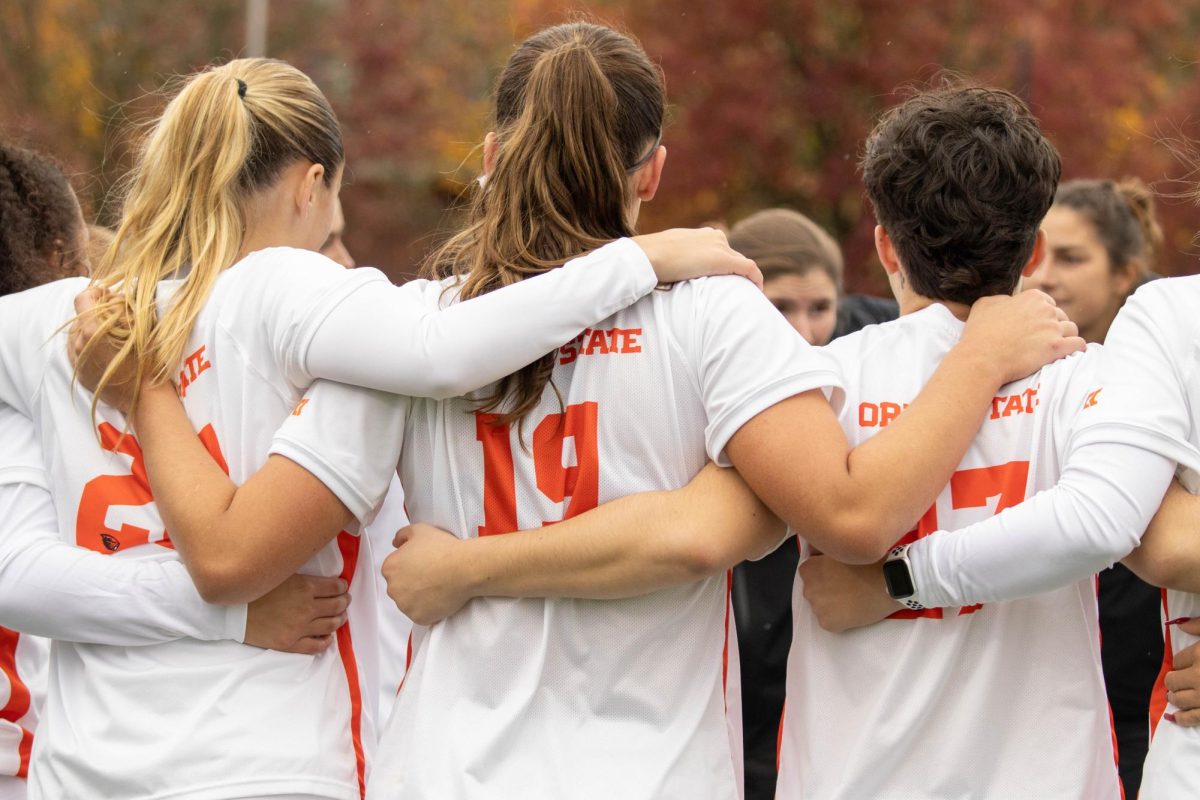
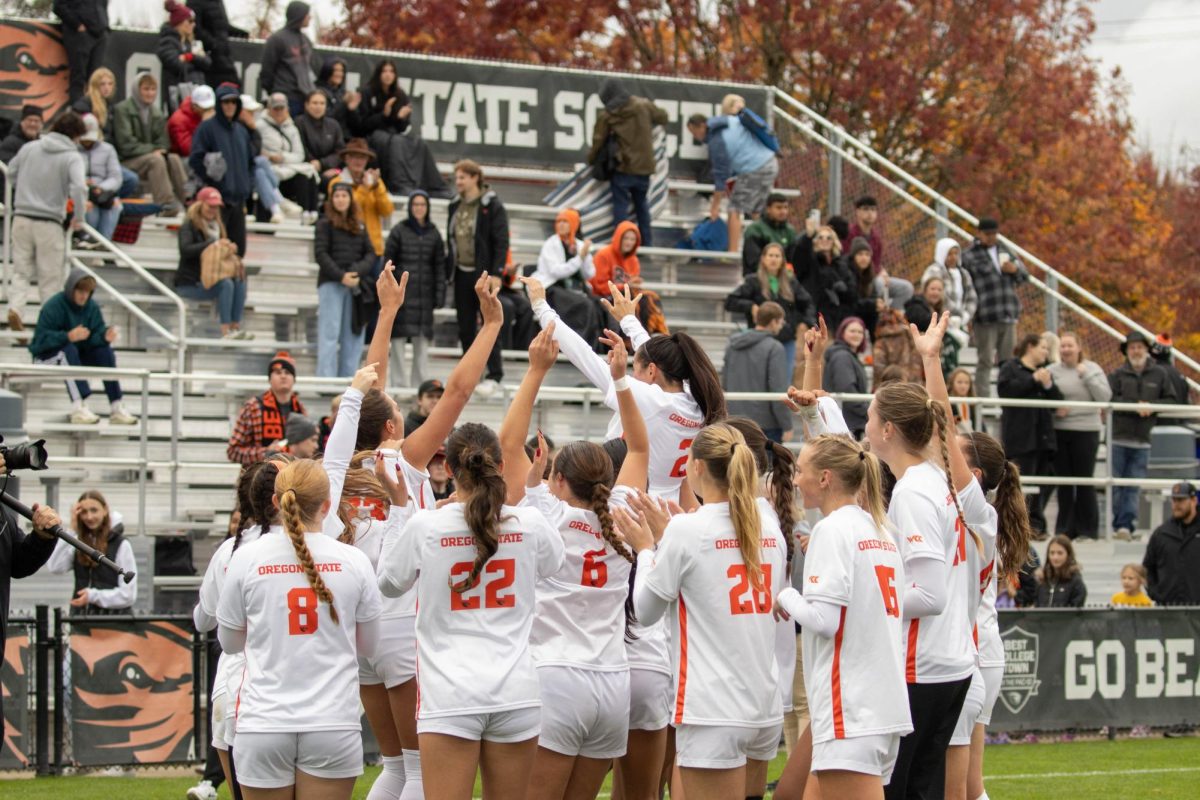
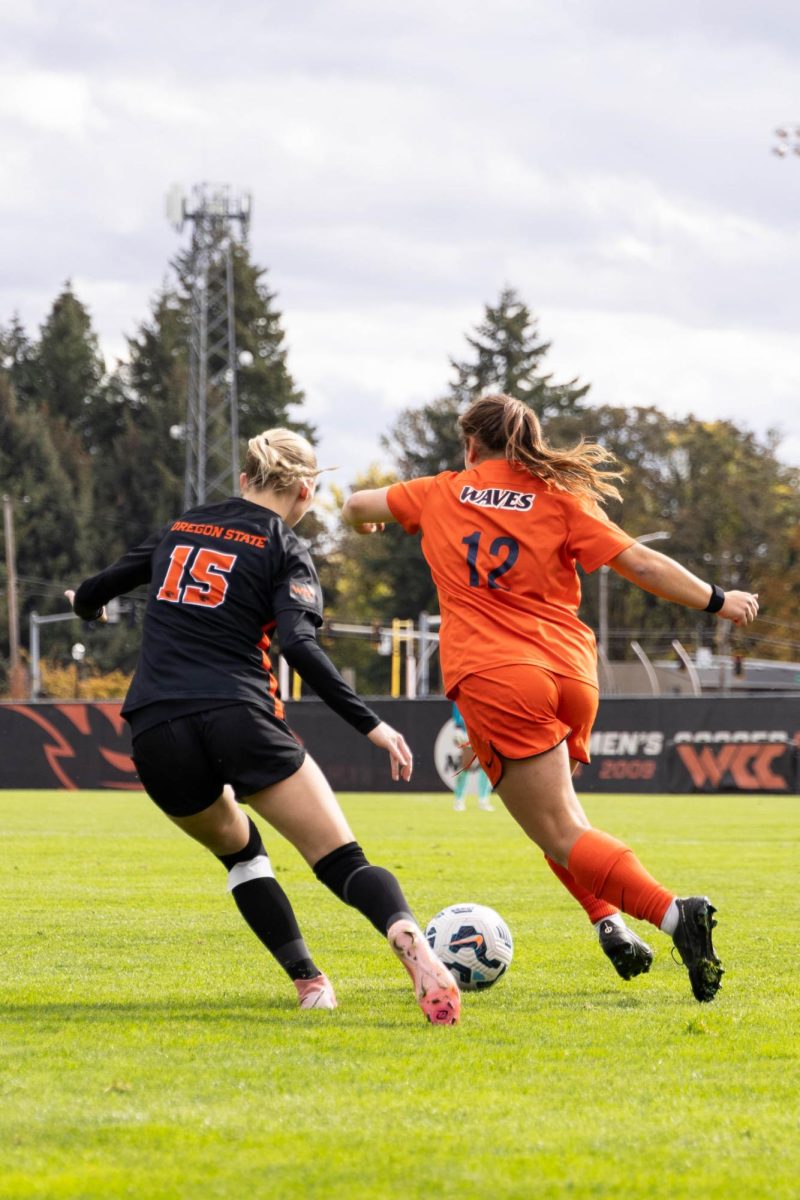











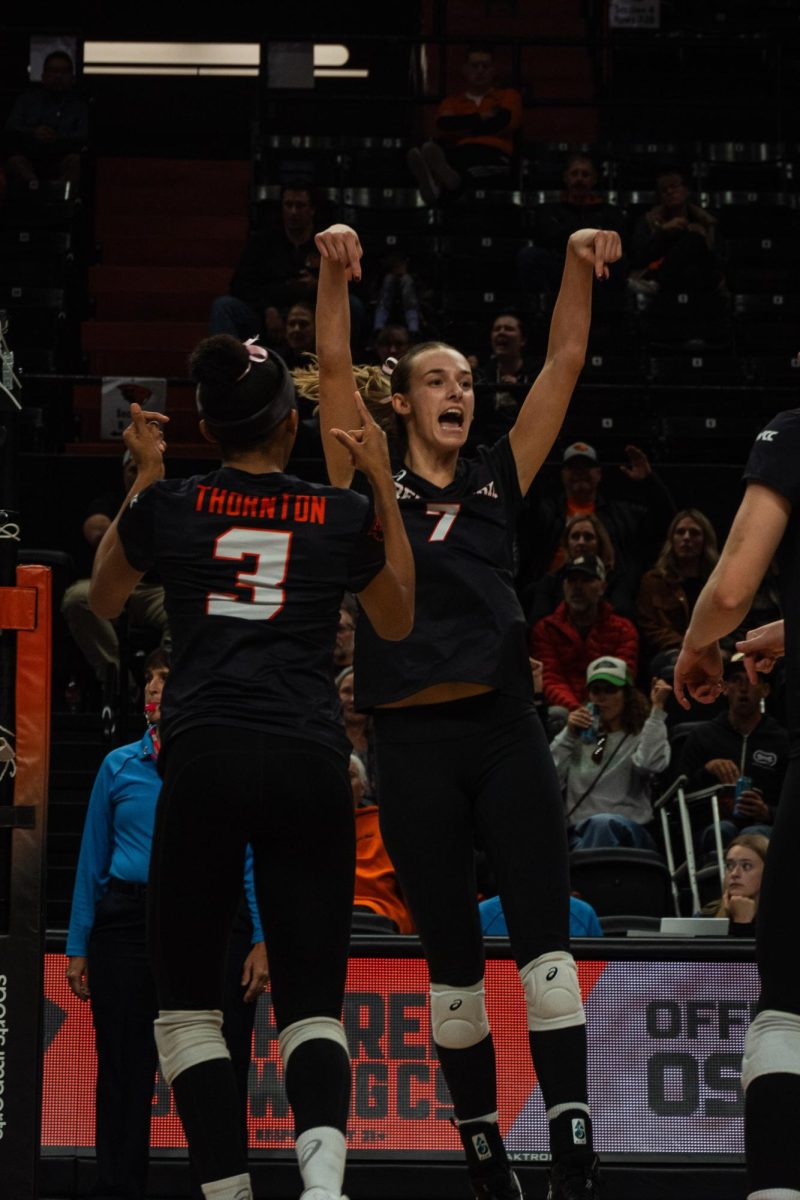













![Newspaper clipping from February 25, 1970 in the Daily Barometer showing an article written by Bob Allen, past Barometer Editor. This article was written to spotlight both the student body’s lack of participation with student government at the time in conjunction with their class representatives response. [It’s important to note ASOSU was not structured identically to today’s standards, likely having a president on behalf of each class work together as one entity as opposed to one president representing all classes.]](https://dailybaro.orangemedianetwork.com/wp-content/uploads/2025/03/Screenshot-2025-03-12-1.00.42-PM-e1741811160853.png)



















